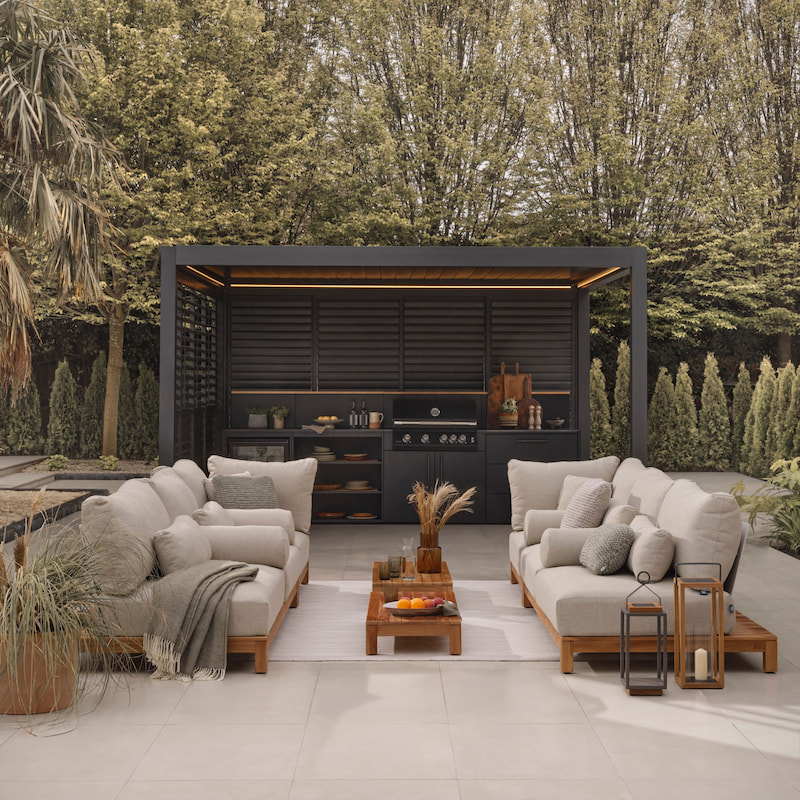What’s the Difference Between a Pergola, Pergoda, Pagoda and Gazebo?
It’s easy to create your ideal outdoor living space with a weatherproof outdoor structure and luxury garden furniture to make the most of your garden. Whether you like to relax in peace and quiet or prefer to entertain al fresco, there are countless ways to improve your outdoor space, and the vast range of stylish aluminium pergolas at Suns Lifestyle provides many beautiful ways to achieve this.
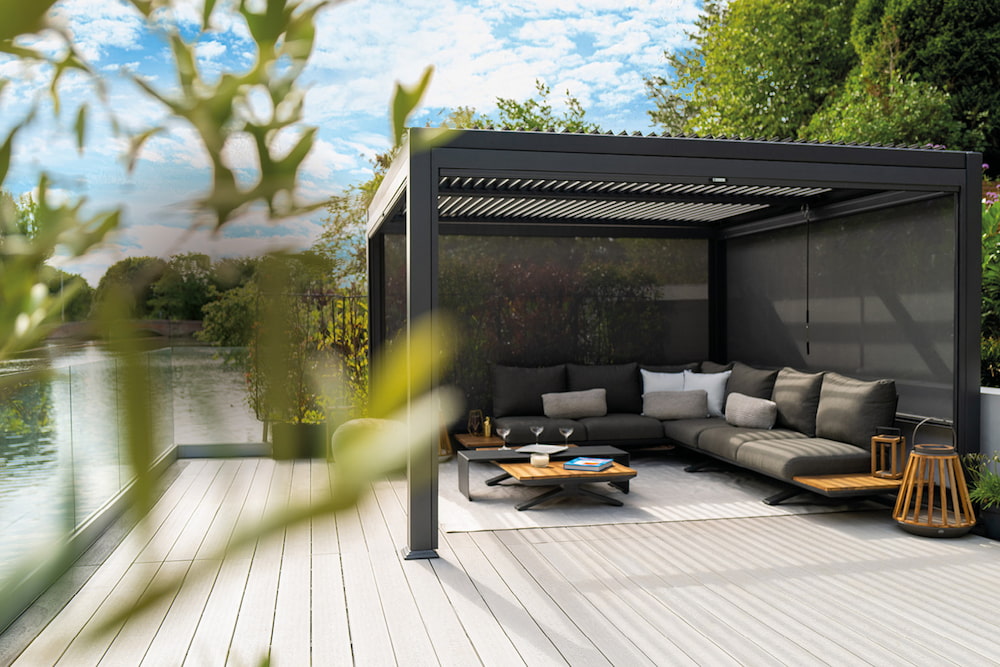
SO MANY OPTIONS
But pergolas aren’t the only option – and that’s where it’s easy for confusion to set in. There are various types of outdoor garden structures that offer added privacy and protection from the elements while creating an attractive focal point in the garden. Pergolas, pagodas, pergodas, pavilions, gazebos, but what are their differences?
Unfortunately, when it comes to marketing these products, there is often no clear distinction made between these types of garden buildings. So, let’s take a closer look to see if we can unravel some of the puzzlement.
PERGOLA
Traditional pergolas are timber frameworks for climbing plants but our contemporary garden pergolas are made from all-weather industrial-grade aluminium, powder coated in a choice of colours. The frame is strong, sturdy, lightweight and low maintenance, and it won’t rot or rust. The structure is anchored into the ground for stability and will provide a long-lasting entertainment space for you to enjoy for many years.
Unlike other types of patio structures, pergolas don’t have a permanent roof covering. Instead, they come with louvered or retractable roofs that can be adjusted from fully open to fully closed to make the most of the sunlight or shade. Many models can be upgraded with additional side panels for extra shade and shelter.
Pergolas can be freestanding or mounted to the side of the house to serve as shelter for a terrace. If you are looking for an open structure for your garden that will accommodate a family-sized garden furniture set, a hot tub, or an outdoor kitchen, you’ll find a wealth of choices at Suns Lifestyle.
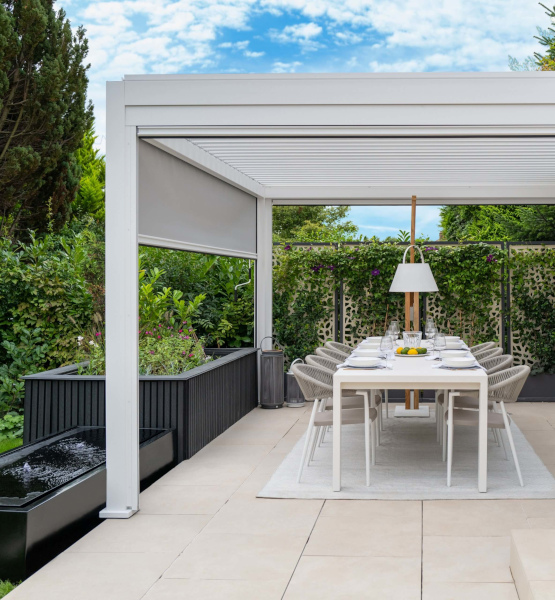
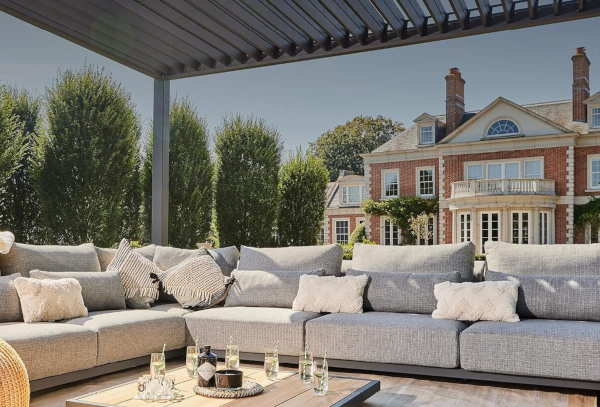
PAGODA
Traditional pagodas hail from South East Asia, particularly China, Japan, Nepal, Korea and Vietnam. We’ve all seen them, or at least marvel at amazing images of them: they are tall, mound-like outdoor structures with a full roof, supported by pillars or columns and designed for meditation or prayer. In fact, many original pagodas are Buddhist temples or monuments.
An authentic pagoda is easily recognisable by its tiered tower design with multiple roof eaves curving upwards and by its heavily decorated oriental designs.
Pagodas may be closely associated with Chinese and Japanese architecture, but their influence in British garden design has been growing steadily, thanks to the proliferation of Japanese design and Zen gardens. Garden pagodas are eye-catching structures that can be fixed into position to provide a sturdy yet elegant focal point with an Eastern ambience.
PERGODA
The word ‘pergoda’ comes from Hindi and actually means ‘a type of hut with plaited bamboo walls and sloped roof’. While pagodas originate in the Far East, pergodas were invented by the British during colonial times in India.
In traditional garden design in the UK, pergodas are often used as dedicated sheltered seating areas, outdoor dining areas or summer rooms. They are also popular for outdoor wedding ceremonies. Classic pergodas are constructed from wooden decking with vertical timber supports and a solid timber slat roof, often painted or stained in various colours. Modern pergodas are made with aluminium frames, offering a contemporary finish to garden spaces. A distinguishing feature is the design which gives at least a nod to their Indian origins.
Pergolas and pergodas are similar concepts. Both are designed to provide additional shade for outdoor spaces and both can be used to create wonderful focal points in the garden. The key difference between a pergola and a pergoda is that the latter has a solid roof made of slats.
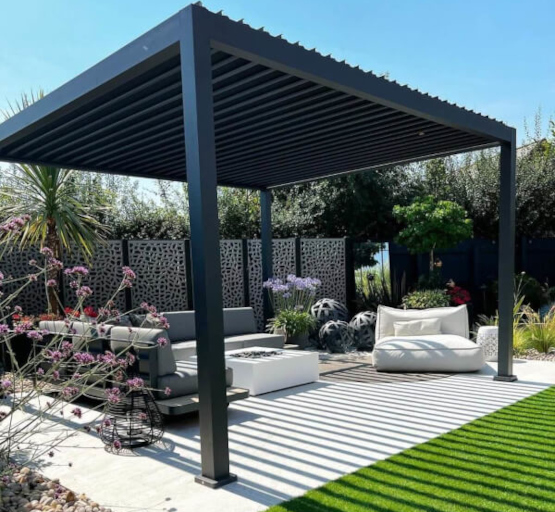
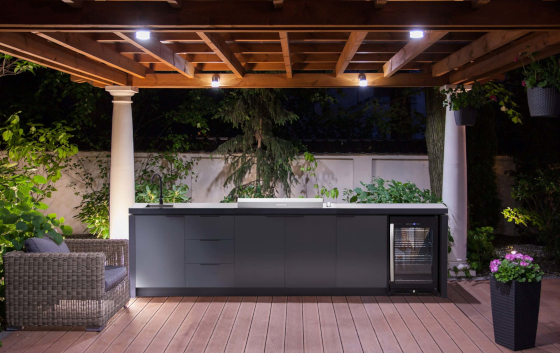
GAZEBO
Garden gazebos are four-sided open outdoor structures with a roof canopy. ‘Gazebo’ is a British term dating back to the 18th century when it was used to denote ‘a summerhouse, garden pavilion or belvedere, sited to command a view.” Back in the day, gazebos would likely have had side curtains that could be tied back to make the most of the weather or the view. These days, the vista may be optional.
Gazebos are made from hard-wearing and long-lasting materials such as timber or metal. They make a striking focal point to enhance any garden setting and provide privacy and protection from the elements. They’re also the perfect solution for keeping garden furniture dry.
SO, WHAT’S THE DIFFERENCE?
As you can see, there is a lot of overlap between the terms for different types of garden structures. Much of the usage comes down to the cultural background in which the structures originated. But one of the key distinctions is the roof canopy. Gazebos, pergodas and pagodas have permanent roof coverings while pergolas have open roofs, louvered or retractable openings. All provide fabulous focal points for outdoor living, with the flexibility to zone areas of the garden or patio.
To make the most of your alfresco enjoyment, think carefully about the positioning of your pergola or other outdoor structure so that you can enjoy the sunshine at the right time of day. At Suns Lifestyle, we can help with expert advice and inspiration to help you choose the best outdoor patio structure and furniture solutions for your home, so please feel free to browse our bestsellers, request a brochure or book an appointment at our showroom.
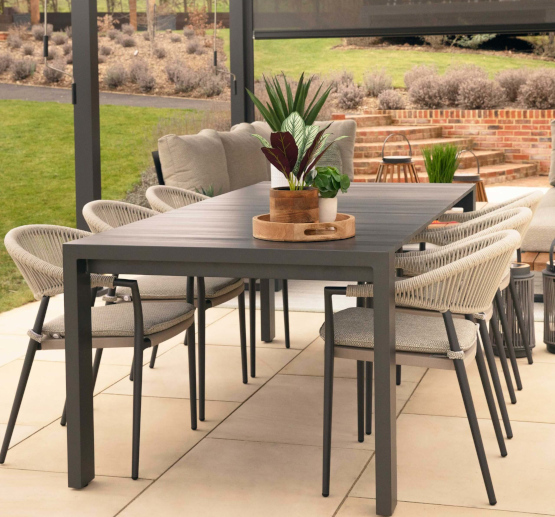
Get in Touch
Excited to start planning your garden makeover? We can advise on everything from accessories to pergola installations. Talk to us today about how we can help transform your space.


